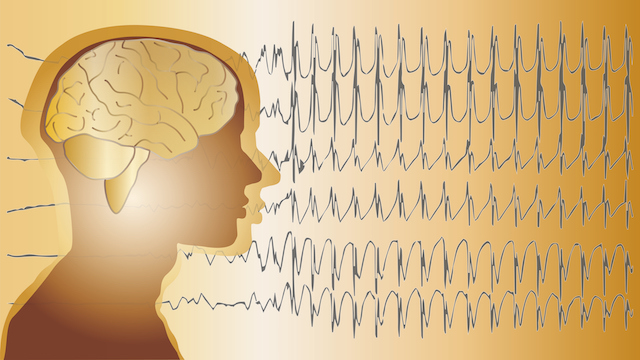It’s a trope of soap operas and other fiction that a long-term coma can serve as a kind of time travel, fast-forwarding a character into a future in which they spontaneously awaken and must come to terms with the changes that have occurred as they slept. Contrary to the impression one might get from watching daytime TV, it’s actually very rare for people to stay in a coma for long. Martin Monti, a neuroscientist at the University of California, Los Angeles, says estimates of how many people are in what’s known as a vegetative state for more than a few months range from about 50 to 150 per 1 million. For those few patients and their families, “these are all very difficult situations,” he says.
Most people with what doctors call disorders of consciousness—which include vegetative states and the less-severe minimally conscious state, both marked by a lack of wakefulness and awareness—awaken within months. But for a small subset of people who suffer a severe brain injury and then remain in a coma for a year or more, “if they don’t recover spontaneously—they don’t enter the trajectory of recovery—there isn’t much that we can do for them once they remain stably in a disorder of consciousness,” he says.
Monti is trying to change that. In a study published online last month in Brain Stimulation, Monti and his colleagues report preliminary results from a trial in which they used ultrasound to noninvasively stimulate an area known as the thalamus in patients with long-term disorders of consciousness. Of the three patients included in the write-up, two showed behavioral improvements, such as responding to simple commands and, for one, gaining the ability to motion yes or no in answer to questions.
“I think it brings up cautious optimism,” and more research into the treatment is warranted, says Shy Shoham, a neural engineer at NYU Langone Health. “It’s a nice preliminary result.”
The idea of stimulating the brain to treat coma goes back decades, and the thalamus—an area deep in the organ that, among other roles, regulates alertness—has been a target before. In 2007, for example, a team reported in Nature that they’d implanted an electrode in the brain of a patient who had been in a coma for six years to stimulate the thalamus. Following treatments, the authors wrote, the patient was more responsive to commands than he had been previously, and even spoke intelligibly for the first time. A later study by a different group on three patients found some improvement in movements and brain activity following electrode stimulation of the thalamus, although none of the patients regained consciousness.
Overall, the effects of such interventions have been a “hard thing to pin down,” says Ziv Williams, a neuroscientist at Massachusetts General Hospital and Harvard Medical School who was not involved in any of the studies.
Monti and his colleagues saw the thalamus-stimulation results as promising, but, he says, “it’s hard to put an electrode in somebody’s brain, particularly after severe brain injury.” So the team explored whether stimulating the thalamus noninvasively with ultrasound could generate signs of consciousness in coma patients, launching a clinical trial in 2015 with the aim of recruiting and treating 30 patients. In their first report, published in 2016, they described treating one man who had been in a minimally conscious state for several weeks following a traffic accident with one session of ten 30-second pulses of ultrasound, using MRI to aim the waves at the thalamus. The man began to show signs of improvement just after the treatment—reaching for objects, for example—and three days later, he could fully understand speech and respond by nodding or shaking his head, the authors wrote.
The latest study gives an account of the cases of three more patients from the same trial, all of whom were in their 50s and had been in a minimally conscious state for more than a year. There were no signs of safety issues with the treatment, the authors write in the study, and two of the patients showed “clinically significant increases in behavioral responsiveness” after the intervention, although one of the patients had regressed to his pretreatment level of responsiveness at follow-up assessments a few months later. The other patient maintained the improvement over time—she was able to respond to simple commands and recognize objects—but was still classified as minimally conscious.
The clinical trial was halted last spring due to the pandemic, Monti says, and his team is in the process of writing up results from a handful of other patients who were recruited and treated before the shutdown. Their outcomes were comparable to those of the three patients in the latest report, he says, and he’s hoping to get funding to launch a new trial that will use brain imaging and EEG to assess whether ultrasound changes not just behaviors—a somewhat subjective measure, Williams notes—but also the underlying workings of the brain.
While the noninvasive approach has clear advantages, Williams says that it could also have disadvantages if it turns out that the ultrasound has to be applied constantly in order to maintain its benefits. “These ultrasound devices are kind of big machines—they’re not something, at least currently, that you can [easily] carry around,” he says.







